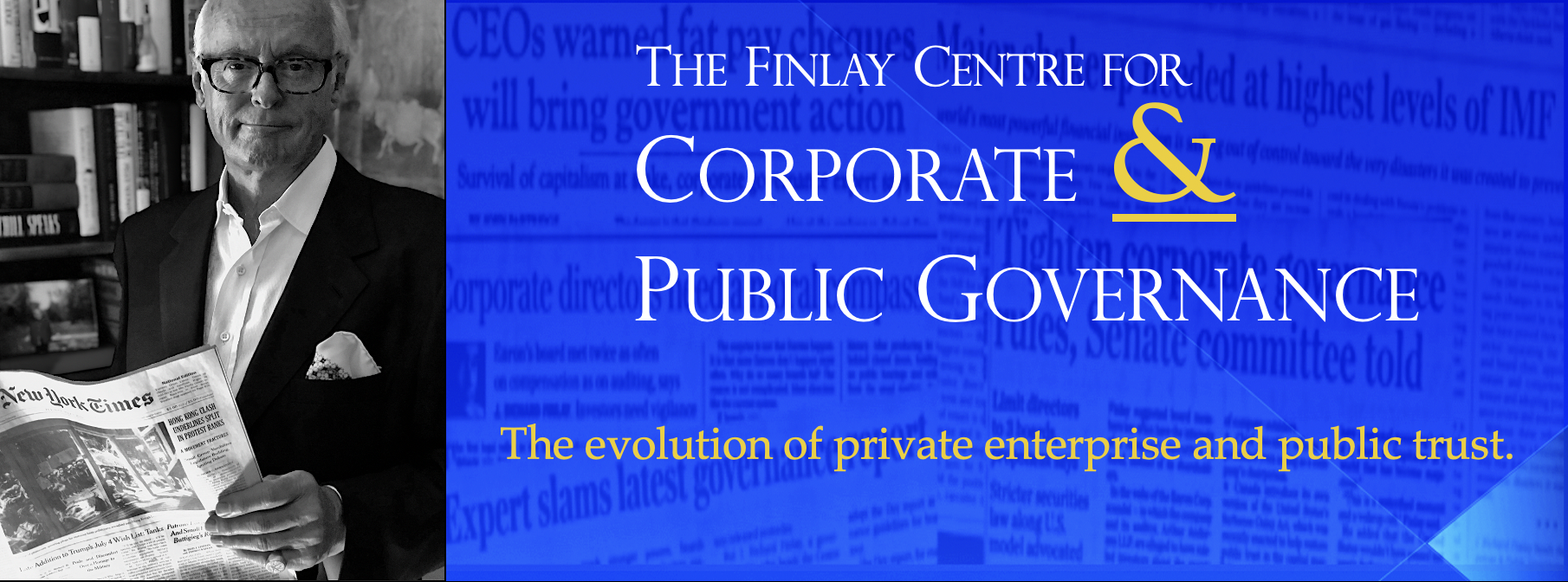The precipitous drop in the Dow Jones index on Tuesday because the Fed lowered interest rates by a quarter point, instead of a half, shows the extent of the disease with which Wall Street has become afflicted. It is behaving like a cocaine addict who cannot live without a constant fix, in this case of cheap money. Each time it gets a rate reduction it can only perform for so long before it starts thinking about the next one and soon gets very jittery. If the amount delivered does not meet with the street’s expectations, it goes into a total panic.
The reaction also manifests Wall Street’s other disorder: the need for risk to have little place in the decision making process because credit, at least for a select few, is so plentiful. Lower interest rates provide a way for the big players to load up on debt in order to do a lot of things to take the focus off the subprime fiasco they created. It is worth noting, though Wall Street clearly does not, that it was a fiasco born in a significant fashion by the availability of cheap money thanks to the Greenspan era at the Fed, where risk, it seemed, took a holiday.
Two percent plunges in the stock market should be reserved for cataclysmic disasters and major reversals of economic or political fortune -not a show of pique because interest rates that have been obligingly in decline over the past several months haven’t quite slipped out of sight altogether. It’s time Wall Street had an intervention by some experienced tough love adults to help it get back to reality and stop being hooked on the false euphoria that comes from Fed-dependent cheap money.
